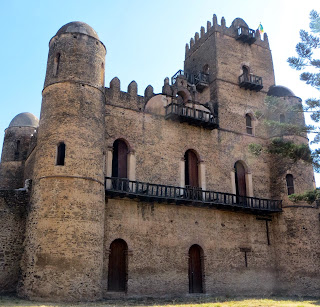From: THE DAILY BEAST
Asia’s largest literary festival kicked off in Jaipur, India, last Friday, with over 200,000 people thronging the various stages of the 17th century Rajput-built Diggi Palace in the center of the “pink” city. Speakers at the prestigious festival include Jonathan Franzen, Gloria Steinem, Novel-prize winner Amartya Sen, Jhumpa Lahiri, Reza Aslan, Jim Crace, and memoirist Ved Mehta.
 American feminist Gloria Steinem was a big draw at the festival, with huge crowds at her talk on the parallels between the American and Indian women’s movements. She spoke as part of a new series of talks called Women Uninterrupted, which are an effort by the Jaipur Literature Festival to include more strong female voices in its lineup. Other speakers from the forum included American writer Cheryl Strayed, whose bestselling book about a solitary hike on the 1100 mile long Pacific Crest Trail, is now being made into a film, Wild, with Reese Witherspoon. Audiences also packed a session on Women Writers of the Islamic World, which included Shereen El Feki and Fariba Hachtroudi.
American feminist Gloria Steinem was a big draw at the festival, with huge crowds at her talk on the parallels between the American and Indian women’s movements. She spoke as part of a new series of talks called Women Uninterrupted, which are an effort by the Jaipur Literature Festival to include more strong female voices in its lineup. Other speakers from the forum included American writer Cheryl Strayed, whose bestselling book about a solitary hike on the 1100 mile long Pacific Crest Trail, is now being made into a film, Wild, with Reese Witherspoon. Audiences also packed a session on Women Writers of the Islamic World, which included Shereen El Feki and Fariba Hachtroudi.
The biggest crowds, however, came for Indian Nobel Prize winning economist Amartya Sen’s speech, in which he made seven wishes for a better India. These included a desire for a strong, secular right-wing party, and a greater role for the arts and humanities in contemporary India.
FROM MY DESK:
It was a cold cold Jaipur we arrived in, but the charm, chai, and chatter were all in place, and it was a glorious 5 days. Gloria Steinem and Amartya Sen were personal favorites of mine as well, as well as many other writers from Southeast Asia, and the world. I will try to review some of my books in a later blog, as there were many. Our quartet gave each other book talks last night about our Jaipur Lit Fest books, and there was a pile in front of each person. One minor criticism: they need more American writers who don't bash America; there were only a few and they must have felt obliged to be openly critical of their country and its people, and the audience was quite receptive. Irksome. I did speak to one of the Iranian-American writers after his session, as he was openly pandering to the audience with his anti-American barbs. Not cool, Reza Aslan, but then he wasn't cool last year, either, nor when I heard him speak in Iowa City.
Rajasthan is a very charming state, and we consider it our first home in India, and perhaps our favorite, so we enjoyed getting together with old friends each evening for dinner and conversation, visiting old haunts, and yes, perhaps doing more of that famous Jaipur shopping. For some pics of the occasion, visit http://flic.kr/s/aHsjRcVZqF












